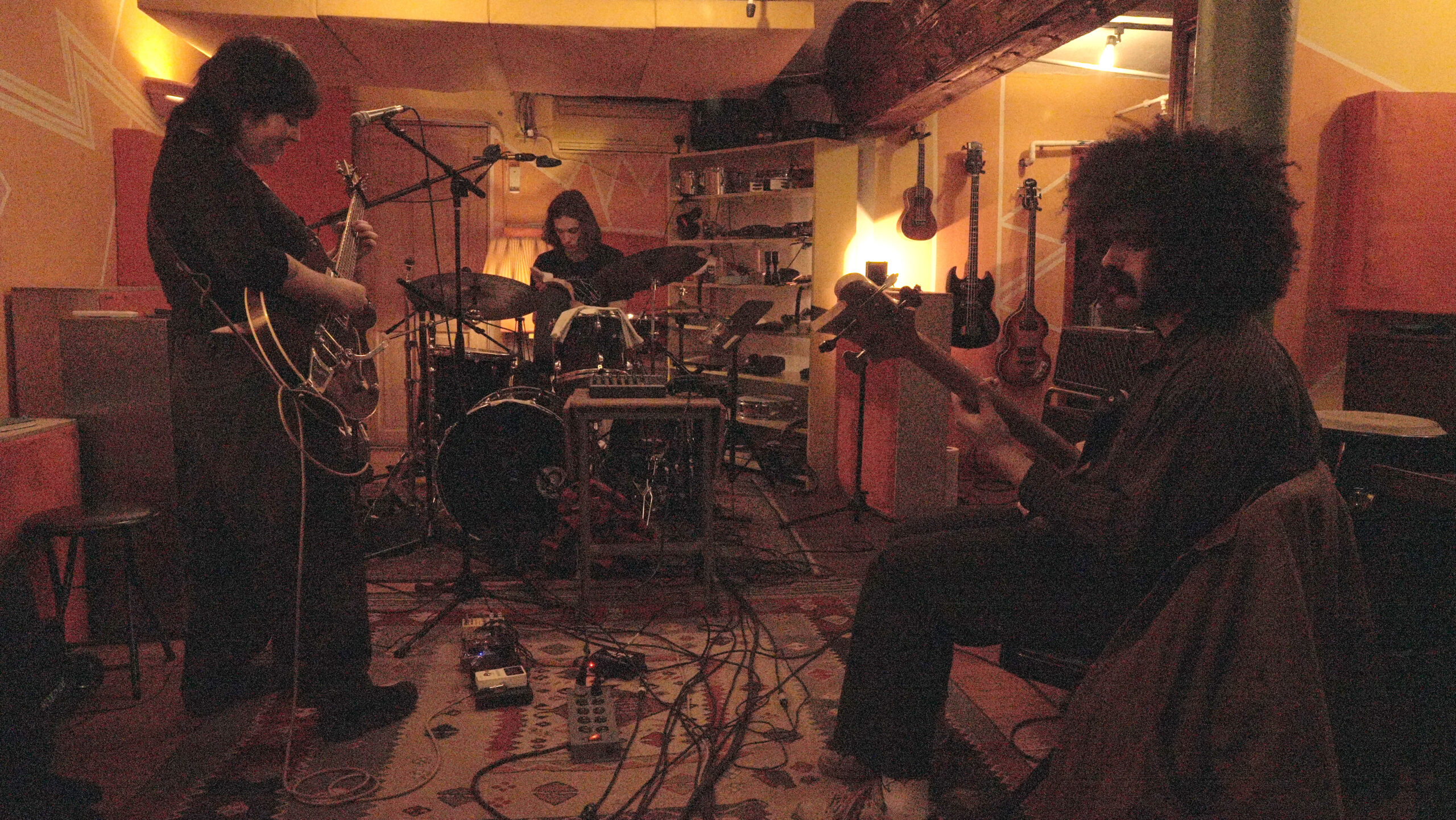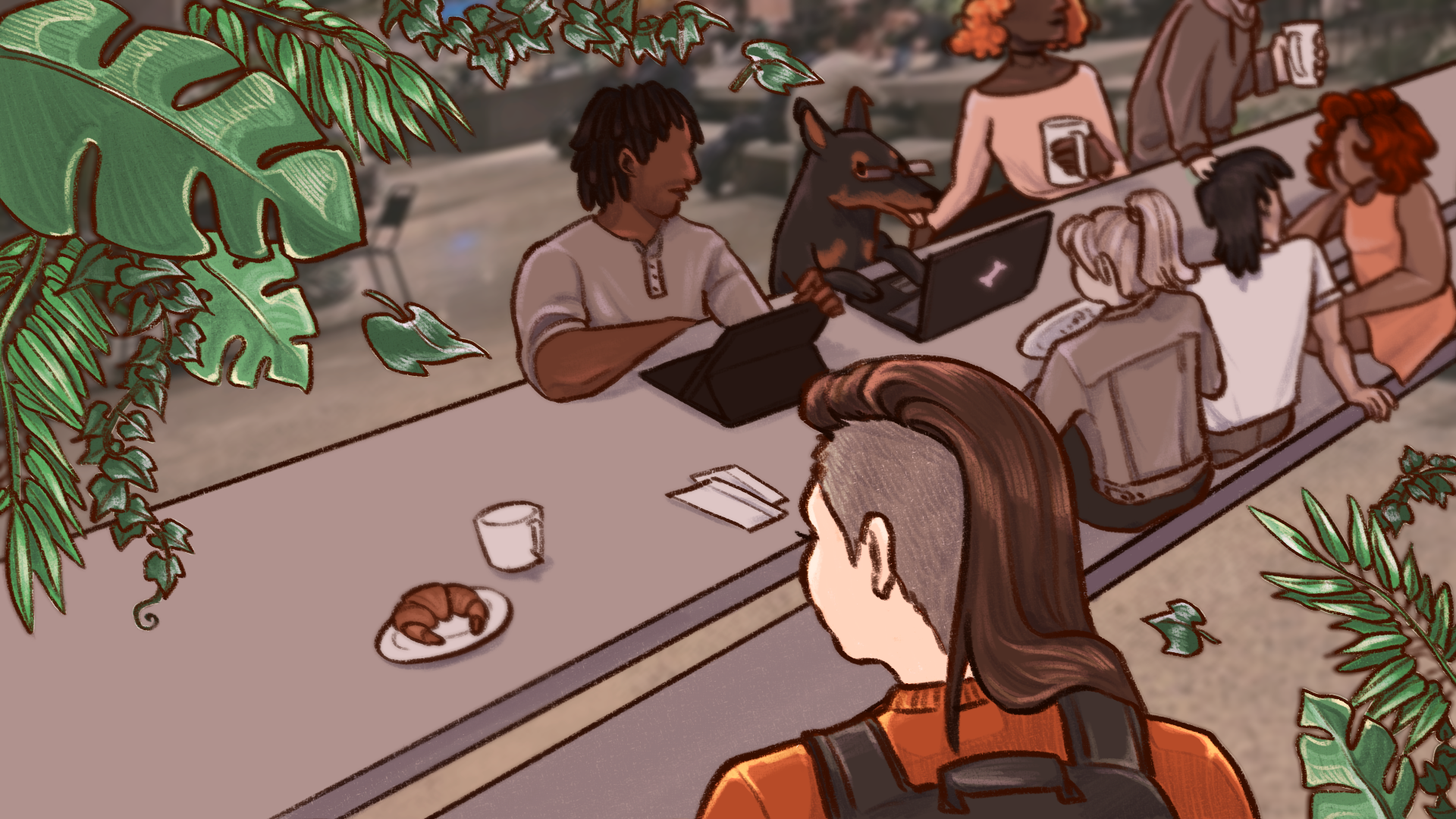The student occupation of 90 Fifth Ave. last November suffered from numerous flaws on both ideological and practical levels. But there was one underlying goal shared by many involved that was nothing short of admirable: to draw attention to the systemic short- comings of American higher education, and the unreasonable economic model under which it operates.It’s no secret that many degree seeking students feel like are they mortgaging their futures for a piece of paper. A diploma no longer promises a job that pays the rent or a ticket to graduate school — the security is not there anymore.
These concerns are nowhere less pertinent than at The New School. The exorbitant financial demands of attending this institution are well illustrated by the student body. One reason consistently provided by the administration as an explanation is The New School’s location in the heart of lower Manhattan. Property values are among the highest in the world, and so are operating costs. While it may cost a lot to attend school in New York City, many students choose The New School for the personal connections to faculty and professionals in the city, which are afforded by its location.
The occupation of November brings us back to the growing sense that higher education is no longer worth the pretty penny it demands. It is difficult to comprehend how, under circumstances where a Lang student must pay upwards of $37,000 a year for an undergraduate degree, The New School is unable to provide students with a single 24-hour building on campus. Every student at the institution confronts this issue — whether she or he is a Parsons fine arts major or an NSSR doctoral candidate. At the Free Press office, many a late night push to close our latest issue is interrupted by an abrupt knock on the door — facilities management informing us that our time is up and that we must finish our work elsewhere.
During the occupation, for nearly one week, students managed to maintain the only 24-hour building at The New School — a facility open around the clock not only for New School students, but all students around the city. As a matter of function the building was required to stay open so students could enter and leave freely, but the move also highlighted an important philosophy that higher education need not be dictated by institutions, burdened by institutional flaws and institutional limitations. This vision is striking in its similarity to The New School’s original mission, and one maintained by the student occupiers; one of the conditions made by the general assembly, in their ill-fated agreement with the administration to leave 90 Fifth Ave., was that the study space be left open at all times for student use in the future. Of course, the subsequent canalizing of Kellen Gallery left the GA in tatters, and dissolved the occupation.
The New School’s inability to keep a building open 24 hours for its students’ academic needs is inexcusable. While the administration has been promoting President David Van Zandt’s “Service Improvement Initiative” for the better part of a year, New School students still find themselves struggling to study on their own campus. The administration’s claim that The New School is a serious institution of higher learning is clearly flawed: not only do students have trouble finding a place to sit and study, it’s not even a guarantee that the doors will be open.







Leave a Reply